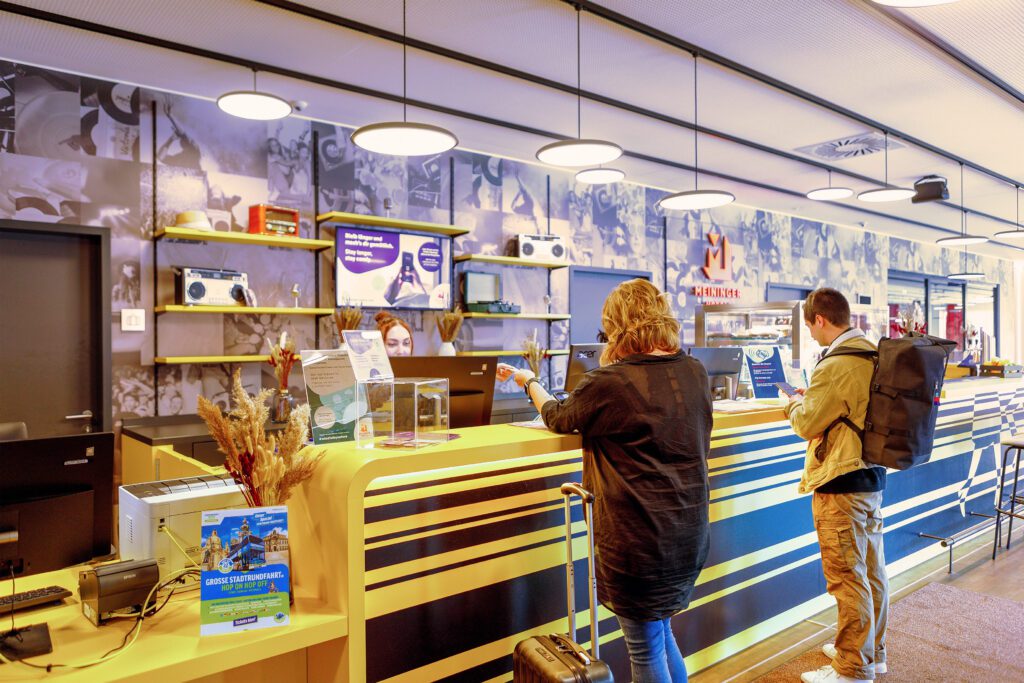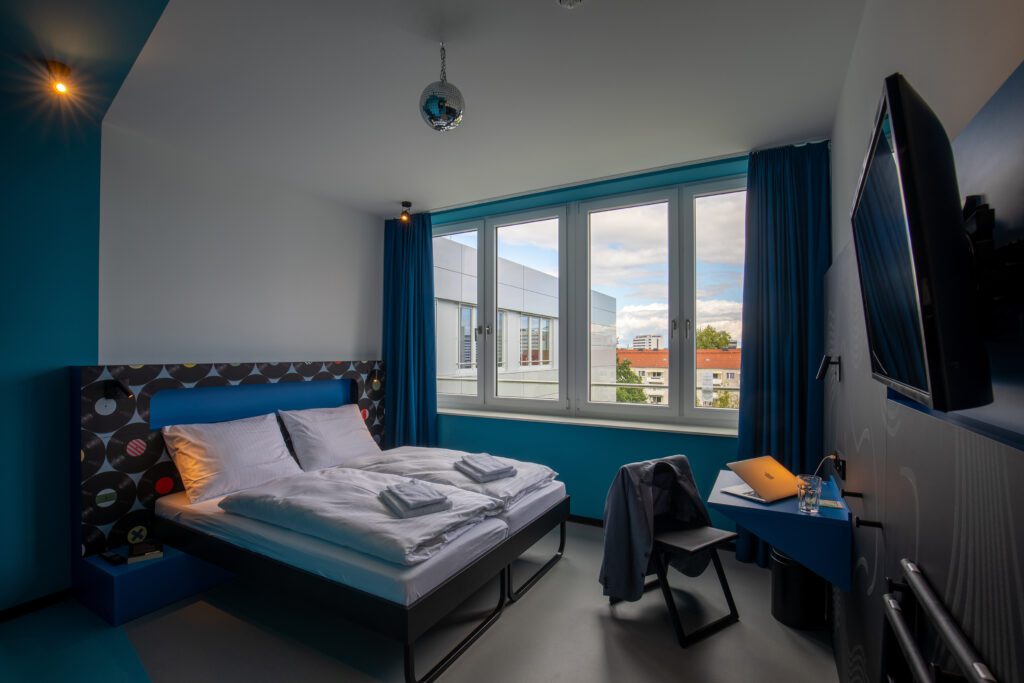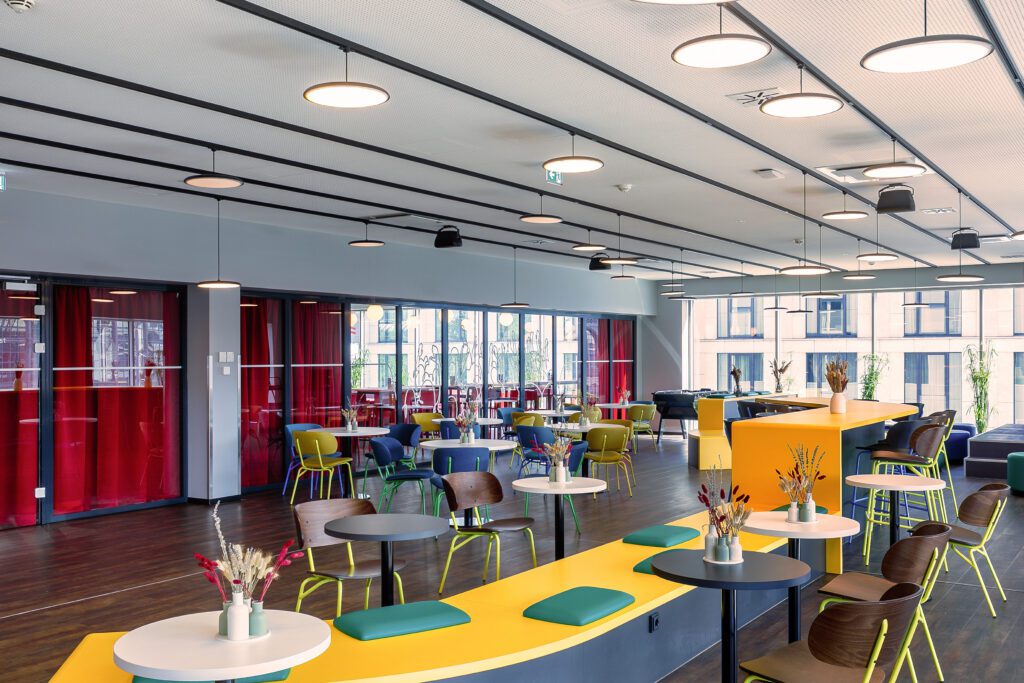9 fun facts about Dresden you might not know
Some of Dresden’s popular nicknames is “Florence on the Elbe” and “Jewel Box” where traditional history, thriving modern art, and vivid nightlife meet. Considering that the city was almost completely destroyed during bombings in 1945, Dresden’s impressive resurrection, rising like a phoenix from its ashes, is even more remarkable.
That’s why we’ve summed up for you 9 surprising fun facts about Dresden that you probably didn’t have in mind.
Keep scrolling to read them all
#1 There’s a Hygiene Museum
Dresden has a museum dedicated to hygiene, at first built to highlight health education. Sounds boring? Actually, you’d be pleasantly surprised to find out many quite interesting facts about us, humans, our bodies and via the permanent exhibition you’ll find answer to inspirational questions like “Why do we feel shame?”, or “What does it feel like to grow old?”. All in all, we promise that it’s a really fun museum for all of you, including the entire family.
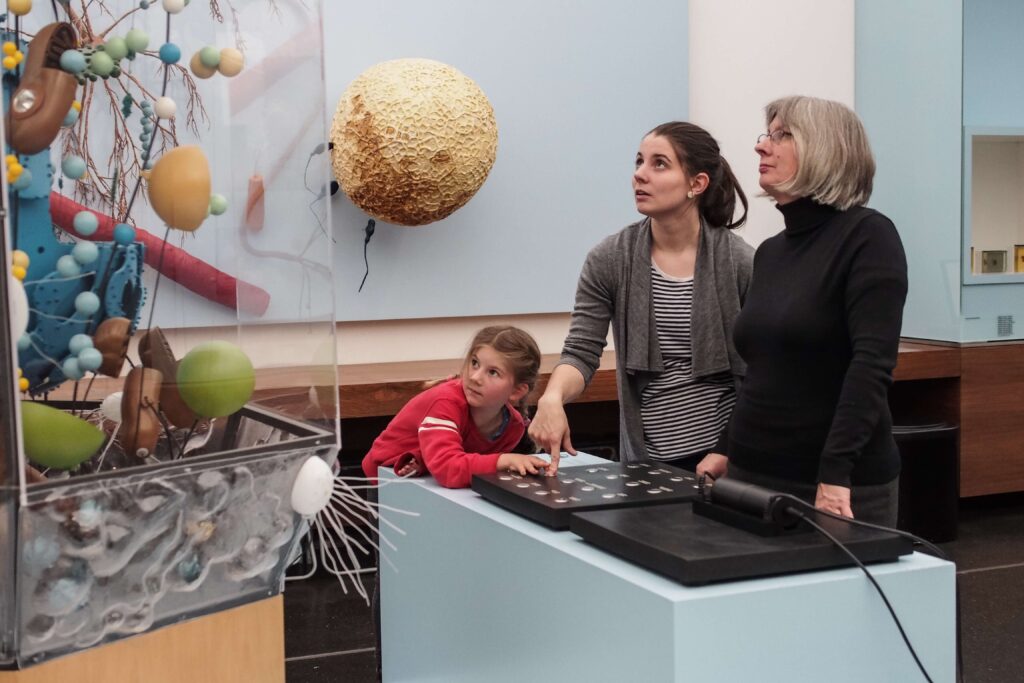
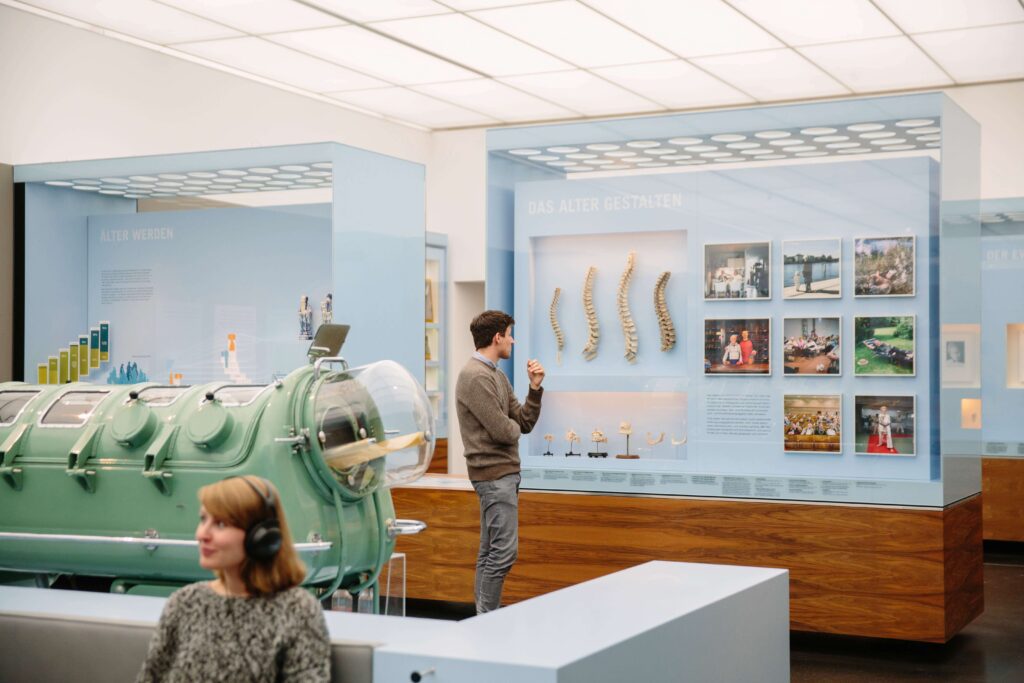
#2 Birthplace of the 1st Milk Chocolate
Did you think that the 1st milk chocolate in the world was invented in Switzerland? Well, we were surprised, too, to discover it was, in fact, in Dresden in 1839; when the local company “Jordan & Timaeus” placed a newspaper ad in which they promoted their new product: chocolate with donkey milk.
#3 Coffee Filters Were Born in Dresden
In 1908 in Dresden, Melitta Bentz was extremely frustrated, on the one hand, by the coffee grounds in her cup of freshly-brewed coffee and, on the other hand, by the cleaning itself of the copper pot with the grounds stuck to its sides. So, one day, she ripped a piece of paper from her son’s notebook and stuck it into a tin pot in which she had opened holes. She added ground coffee and poured hot water over it with the beverage dripping through the paper and straight into her cup. That was the moment she invented the paper coffee filter brewing system we all know today and soon after founded her company Melitta that still operates today.
#4 Toothpaste, anyone?
Ottomar von Mayenburg worked as a pharmacist in Dresden where, in 1907, he invented what we now know as toothpaste which he named “Clorodont”. He filled tubes with his new toothpaste and sold it to many, many customers. And… here we are today!
#5 The Largest Porcelain-tile Artworks in the World
Dresden has one of the largest porcelain-tile artworks in the world: the “Fürstenzug” or “Procession of Princes” is a work of art which has 101 m length and is made out of 24,000 porcelain tiles depicting dukes, kings, as well as scientists.
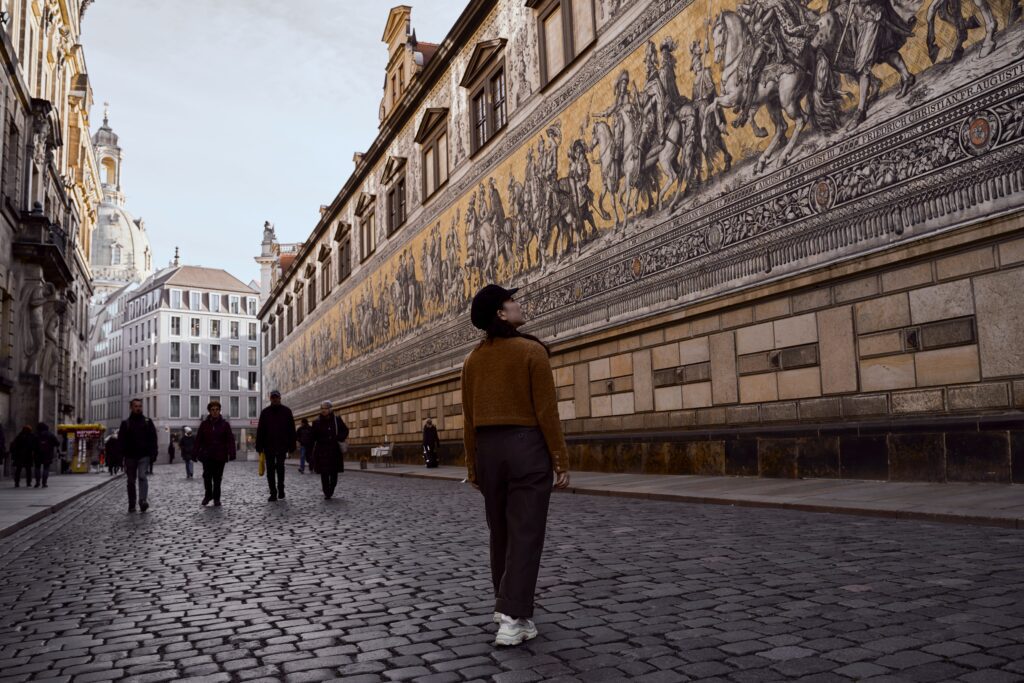
#6 The Most Beautiful Dairy Shop in the World
The success-story of the Molkerei Gebrüder Pfund started with Paul Gustav Leander and Friedrich Pfund, the siblings who founded the Company in 1880 in Dresden. All the wall surfaces, the ceiling and the floor are covered with colorful tiles: children playing, squirrels, butterflies, green landscapes and many more. You can even spot a portrait of an emperor. Because of its unique design, the Pfund brothers’ milk shop got into the Guinness Book of Records in November 1997 as the “Most Beautiful Milk Shop in the World”.
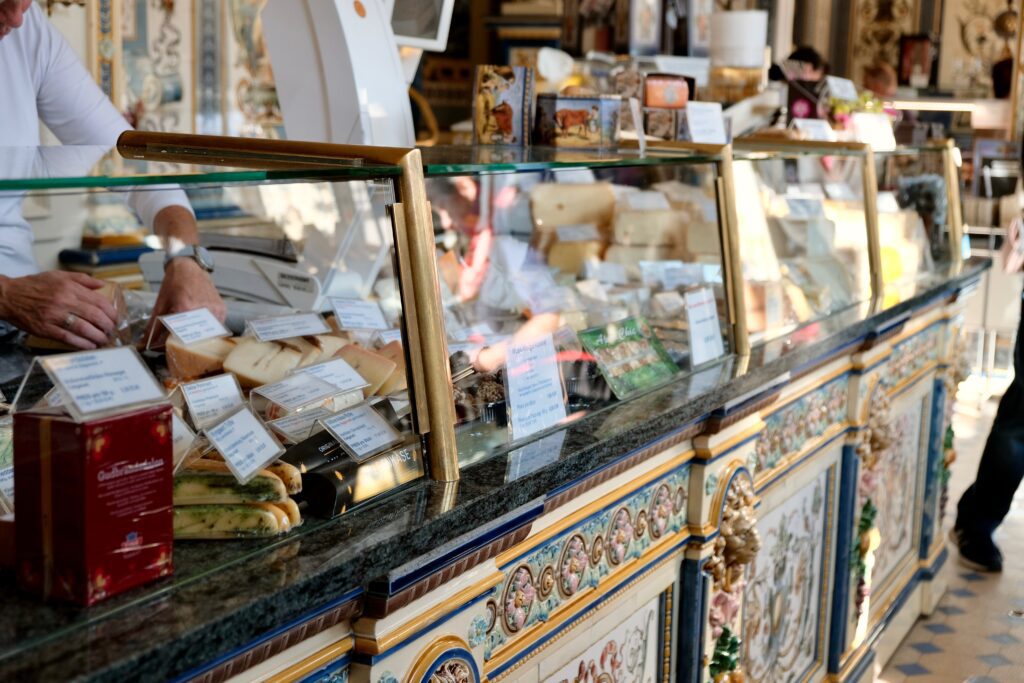
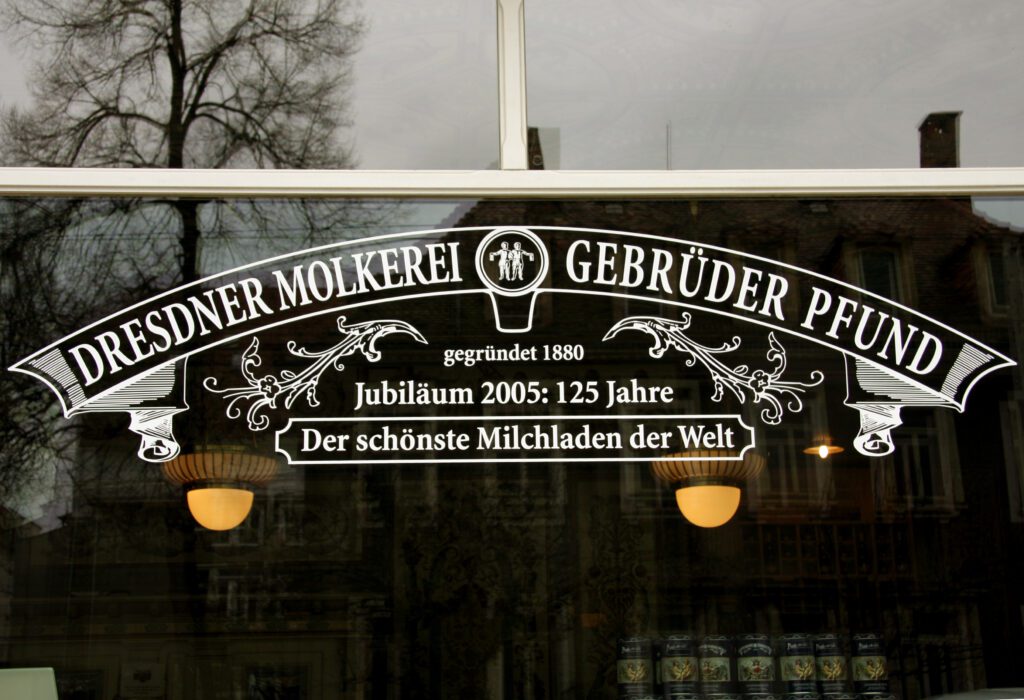
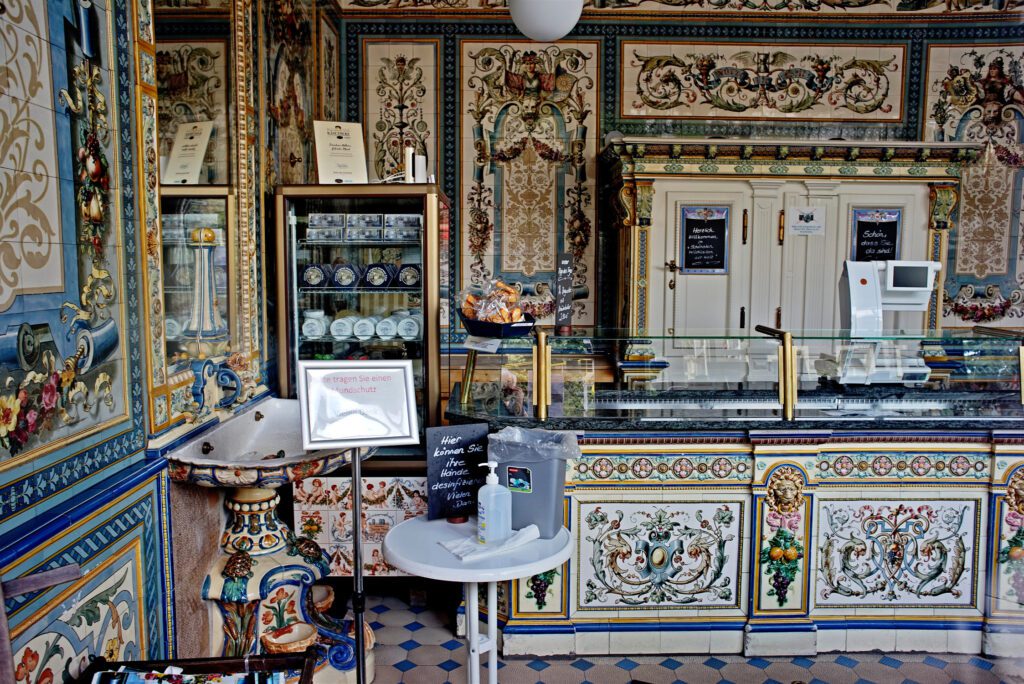
#7 An Engineering Marvel Sheltering a 230-year-old Flowering Shrub
Rumor has it that, in 1776, the Swedish botanist Karl Thunberg after returning to London from Japan brought with him 4 fragile specimens of a rare plant much-admired by Europeans: the Japanese camellia. The flowering plant was so precious that it actually helped strengthen political bonds by being sent (3 of the young shrubs) to royal gardens in Vienna, Hanover, and Pillnitz near Dresden.
But, the Pillnitz camellia was the only one surviving the last two centuries, since European botanists didn’t really know how to take care of these super sensitive trees. In 1801, the camellia was re-planted in the gardens of Pillnitz Castle where it still grows nowadays in a heated, mobile glasshouse over 13 m tall erected to from October to May. The gigantic glass building is the world’s widest broad-gauge railway moving back and forth on a set of tracks between summer and winter.
Want to know another little fun-fact? Inside the glass and steel construction, a computer automatically regulates the ventilation, temperature, and humidity of the exotic plant’s winter accommodation so that every year from February to April, around 35,000 pink flowers successfully cover the historic camellia. A true marvel of nature.
#8 The Biggest Treasure in Europe
Wondering why Dresden is called “Jewel Box”? Well, apart from the city itself being a little hidden gem, also the largest collection of treasures in Europe, and probably in the world, is held in Germany’s Grünes Gewölbe, also known as “Green Vault”, something to be listed under the fun facts Dresden article! Originally the private collection of Augustus the Strong, ruler of Saxony, modern-day Dresden, the Green Vault has absolutely everything: from ornate silverware to miniature-like portraits of royalty (you have to look through a magnifying glass to see them) and to the impossibly rare “Dresden Green”; a gigantic, naturally irradiated, green diamond from India.
In 1945 over 90% of Dresden, and along with it the Dresdener Residenzschloss (Dresden Castle), was destroyed in a fire-bombing resulting in the loss of a great part of the collection. However, at the beginning of World War II a majority of Dresden’s treasure in the Green Vault was moved to the Königstein Fortress and was able to survive the destruction of the Dresden Castle. Since 2013, renovations have been completed and the new interior of the Green Vault consists now of 2 museums: the New Green Vault and the Historiches Grünes Gewölbe (Historic Green Vault) full of 4,000 items.
#9 MEININGER Goes to Dresden
Meet our brand-new MEININGER Hotel Dresden Zentrum soon opening in this magnificent city of contrasts which couples the traditional with the contemporary. Located in Seevorstadt West, you can find our hotel in the old town between the popular Wiener Platz and the Prager Strasse surrounded by many public transport connections. Right in the heart of Dresden and next to the Central Station/ Hauptbahnhof, the MEININGER Hotel Dresden Zentrum is the perfect budget-accommodation with super modern amenities in Dresden.
